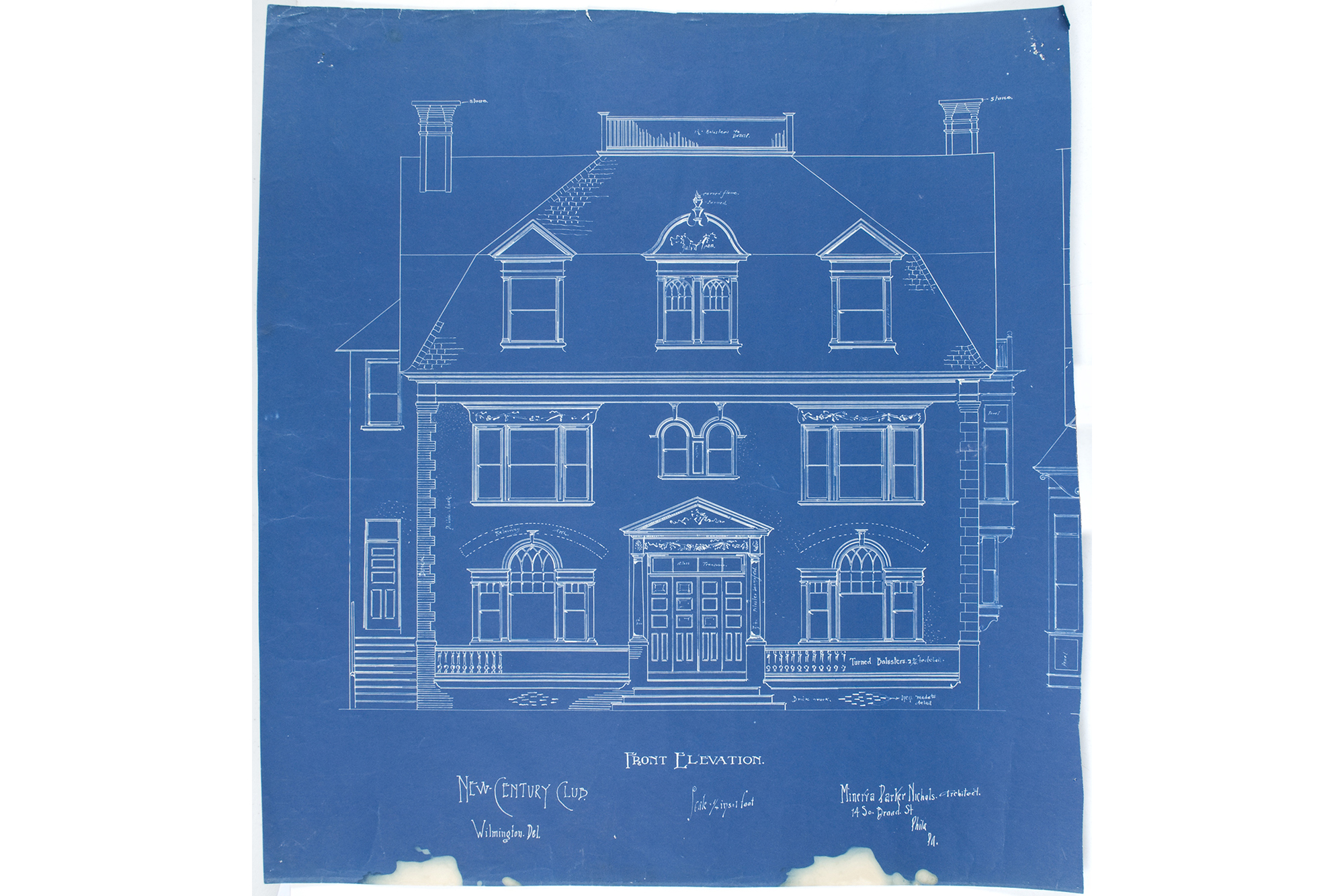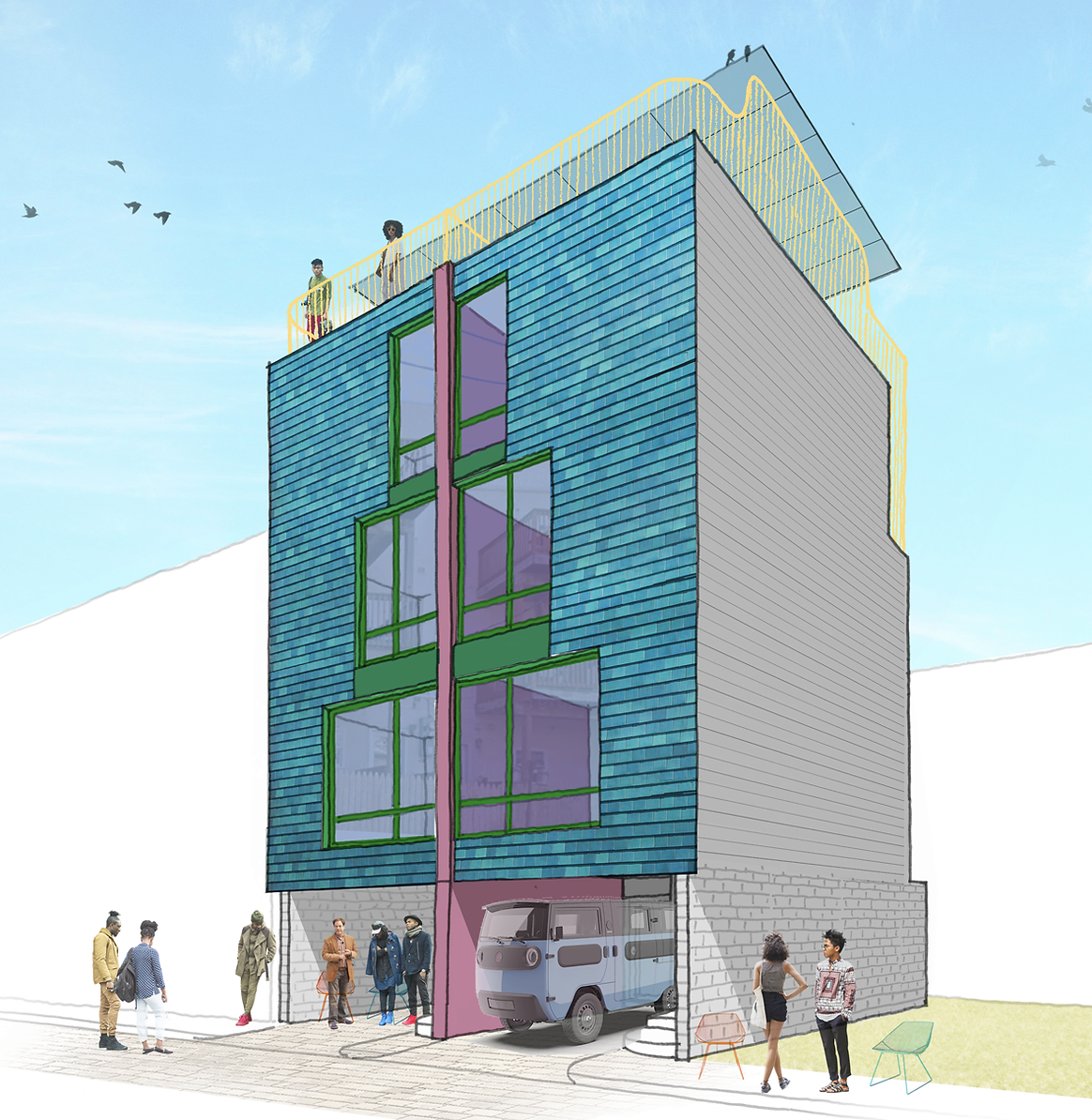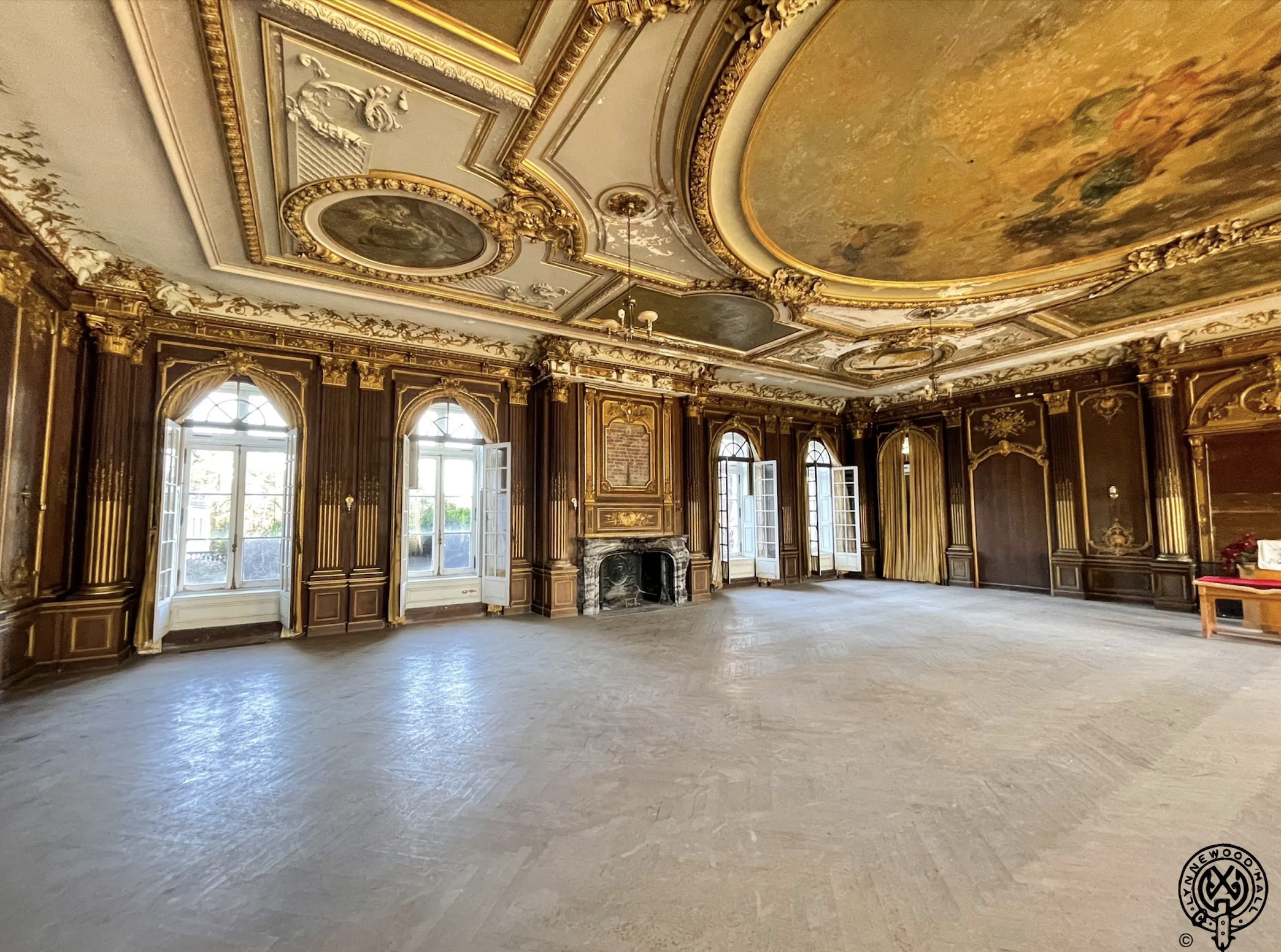architecture
5 Philly Architectural Details Hiding in Plain Sight
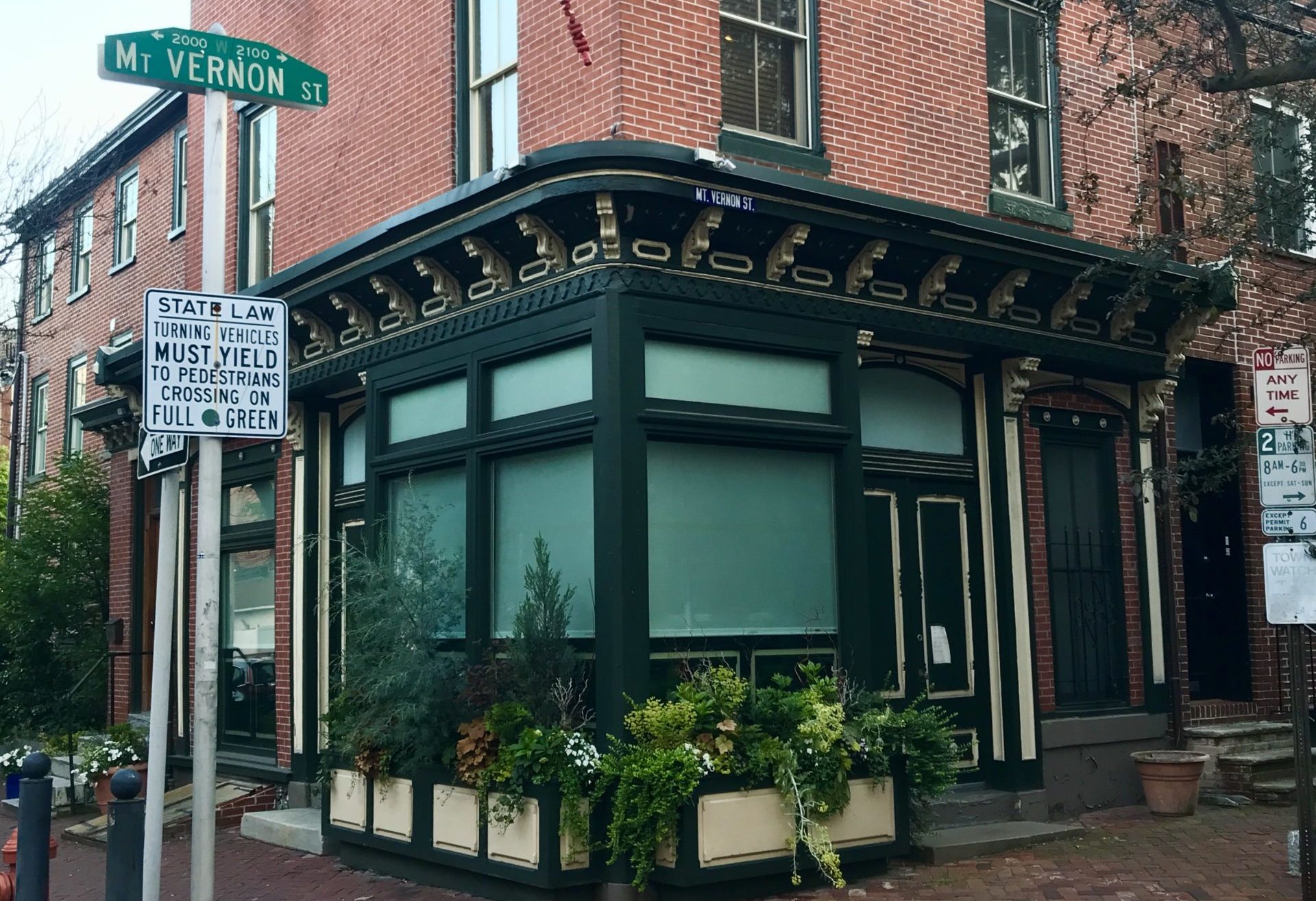
If you are a history and architecture enthusiast like us, you’re likely constantly looking up (or down) to spot hidden details from Philly’s past in its buildings and alleys. Here are 5 details you will find throughout Philly that are hiding in plain sight.
1. Ghost Signs
No, ghost signs do not point the way toward haunted houses. They are faded advertisements or business logos that can be found all over the City, often painted on highly visible brick walls. Most are relics of the 20th century, such as the Camac Market sign at 1216 Spruce, now the home of Mercato, a BYOB restaurant.
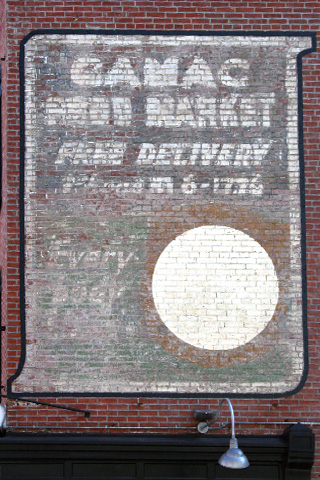
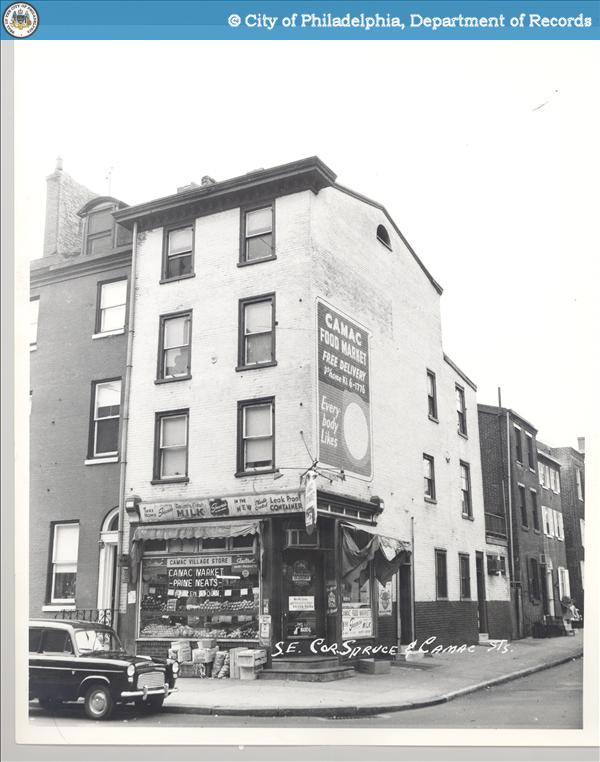
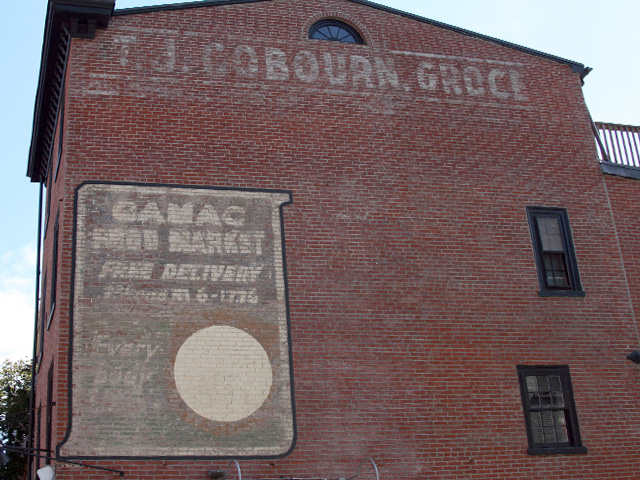
Patrick Grossi, advocacy director for the Preservation Alliance for Greater Philadelphia, said that ghost signs are, “physical and tangible windows into the past” and they give “the building some context and color.”
Hidden City Project Director Pete Woodall has been photographing ghost signs for years, and he’s turned 28 of his favorite ones into a poster available for sale.
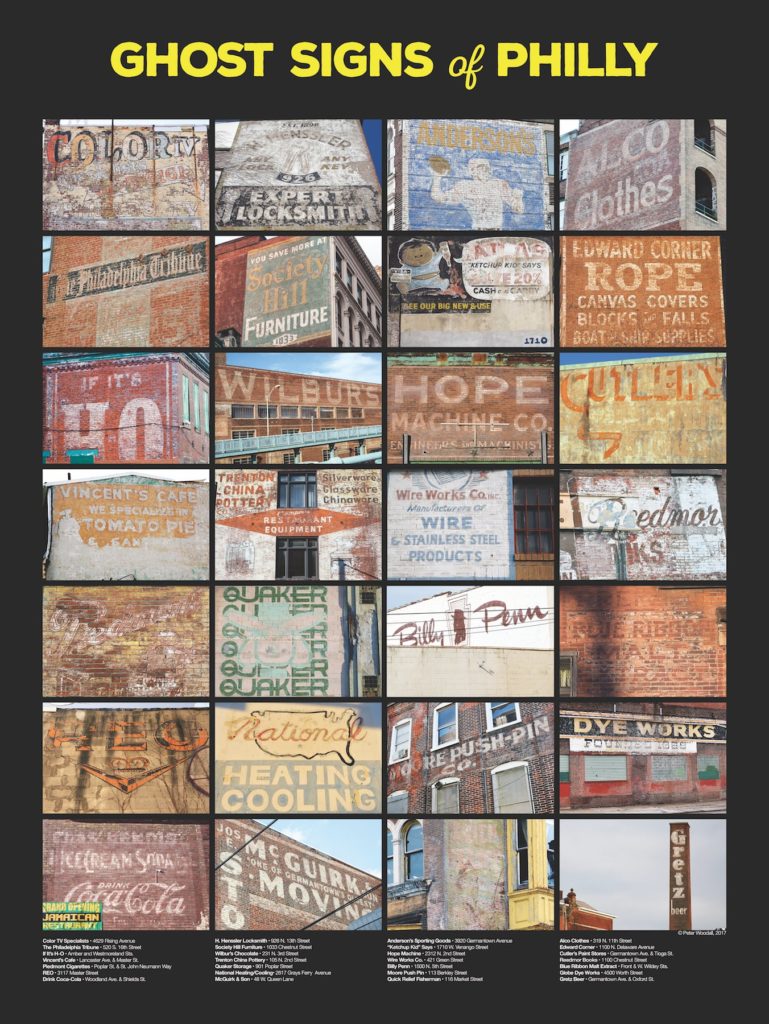
If you would like to get some aerobic exercise, take a ghost sign running tour with City Running Tours which follows a 5-mile loop passing 30 ghost signs in Old City, Northern Liberties, Callowhill, Center City, and Society Hill.
2. Blue Street Signs
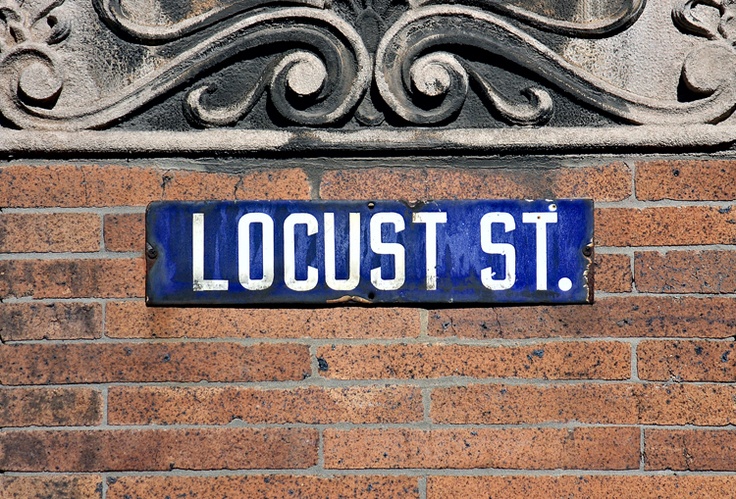
Small metal blue street signs with white letters on the sides of buildings are one of the remains of Philadelphia’s evolving street signage since the Colonial days. You will find them in the older parts of the City, including Waverly St. and 16th, Pine and Ninth St., and N. 10th & Lemon St. They are part of the evolution of our City’s efforts to keep people from getting lost.
The first street name signs were carved into the masonry of buildings at intersections. Later, wooden boards with street names were affixed to buildings. In the early 20th century, they were also on lamp posts or carved into curb stones. It wasn’t until 1970 that the City adopted a green sign affixed to street light poles.
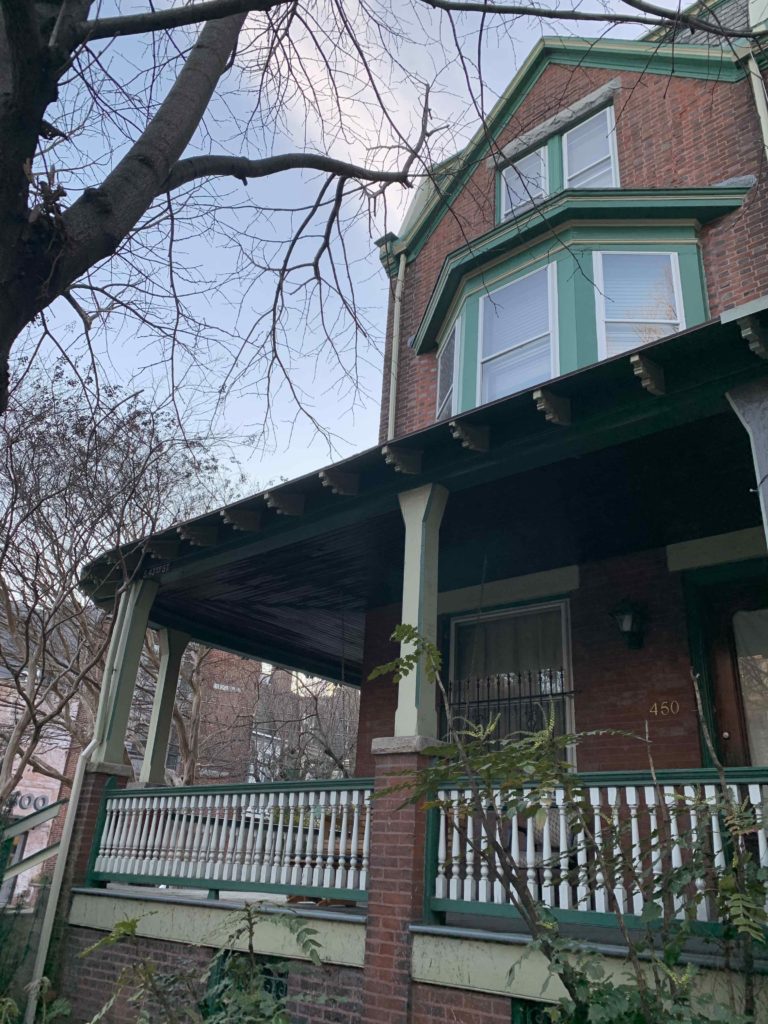
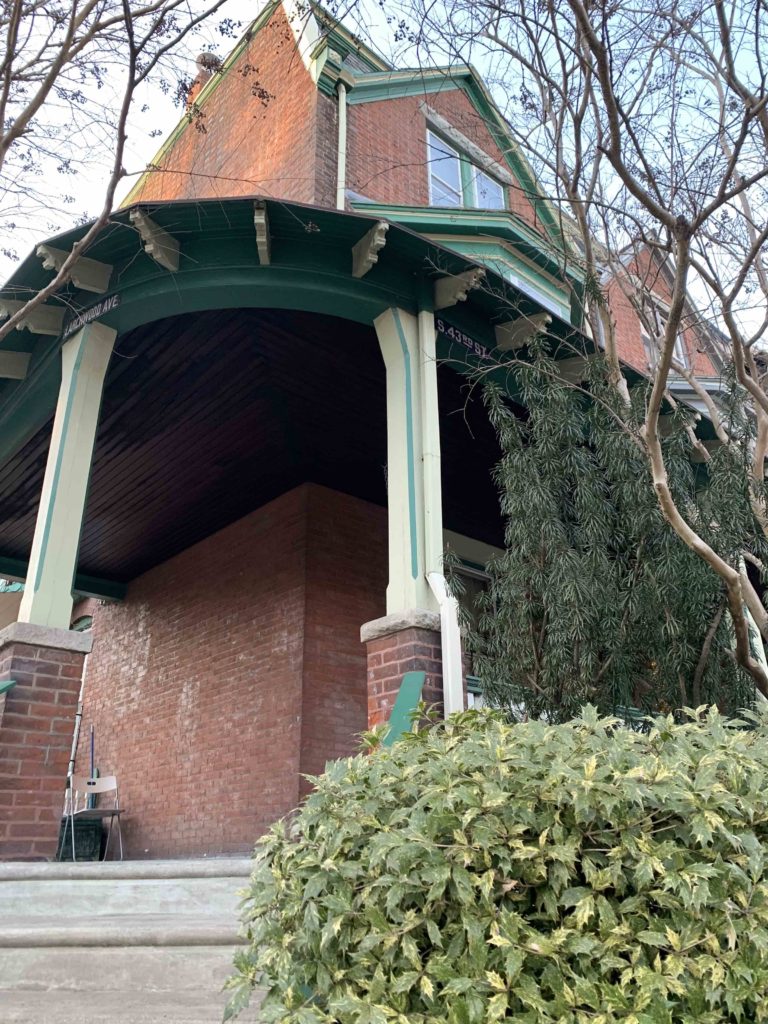
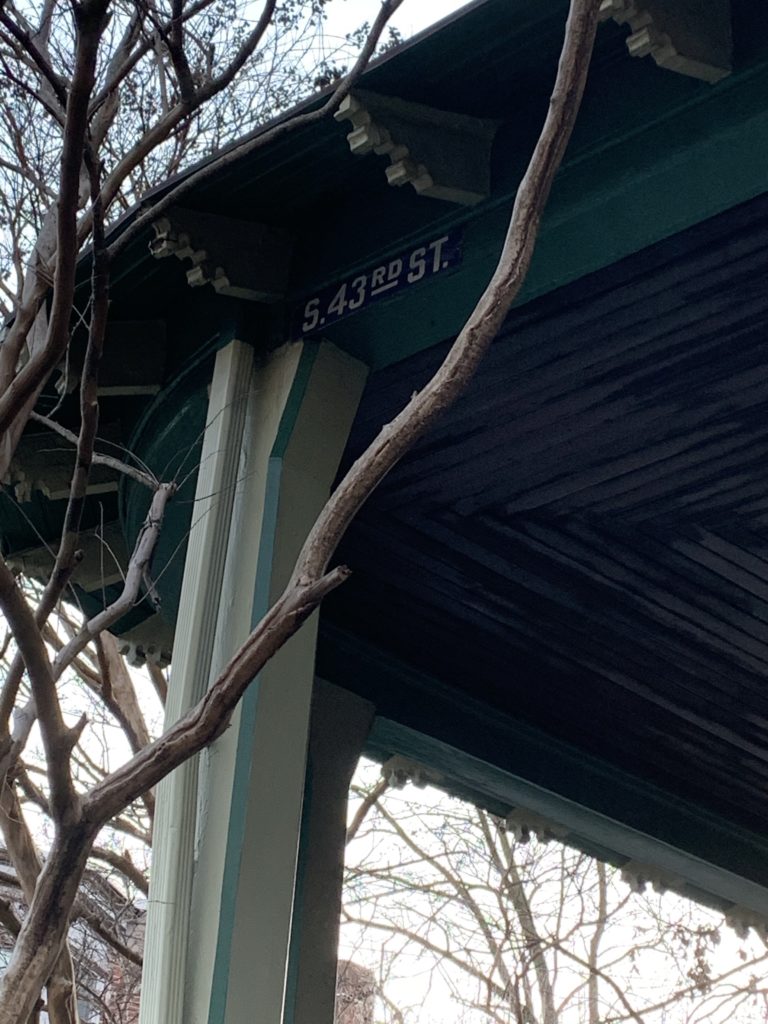
3. Fire Marks
Between the second and third stories of houses in Society Hill, you’ll often see a plaque or badge, made of lead or iron, sometimes mounted on wood. These are fire marks that indicate that the house was insured for fire and which company insured it dating back to 1752 when Benjamin Franklin founded The Philadelphia Contributionship, the longest-tenured insurance company in the country. In 1755, The Contributionship’s directors required that all policyholders attach fire marks to their properties.
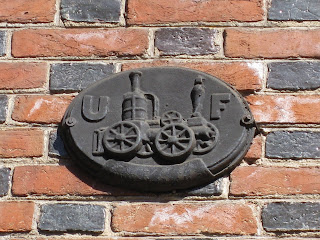
Early fire marks were colorfully painted and contained the owner’s policy number. In addition to identifying the property for the insurance company, they may have also served to discourage arson, and possibly encourage other policyholders to pitch in and help fight the fire if they saw a burning building. Philadelphia Fireman’s Hall Museum, 147 N. 2nd St., has one of the largest collections of fire marks.
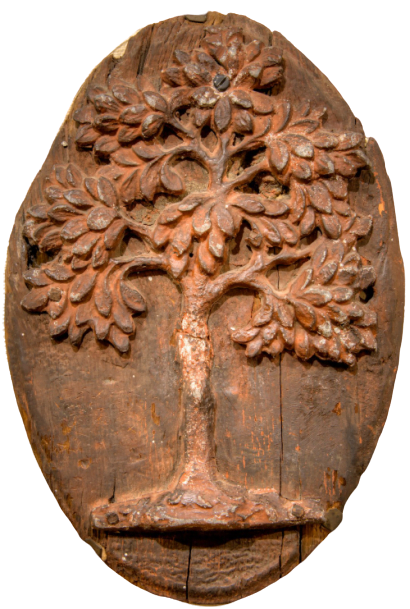
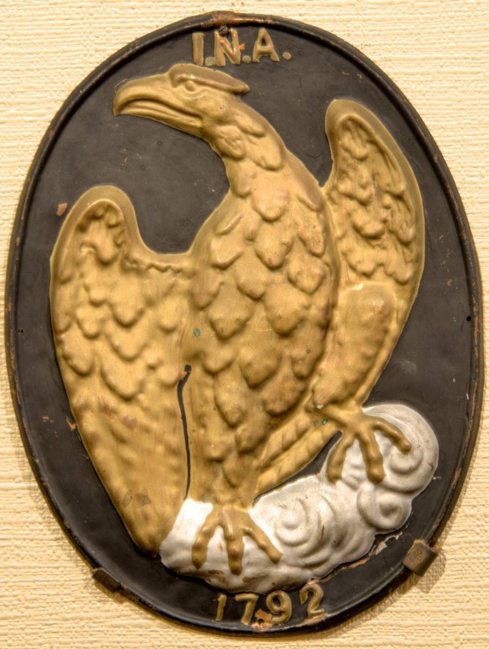
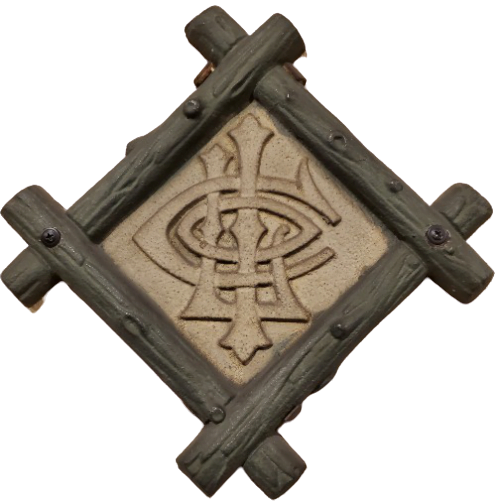
from Loss by Fire (1784 – 1996), Middle: Insurance Company of North America (1792 – Present), Right: Lumbermen’s Insurance Company (1873 – 1950.)
4. Hitching Posts
Think of hitching posts as parking spaces for horses. In 1900, there were over 50,000 horses and mules stabled in the City. If deliverymen with horse-drawn wagons and coachmen taking the elite to the opera wanted their mode of transport to be where they left them, hitching posts were a necessity.
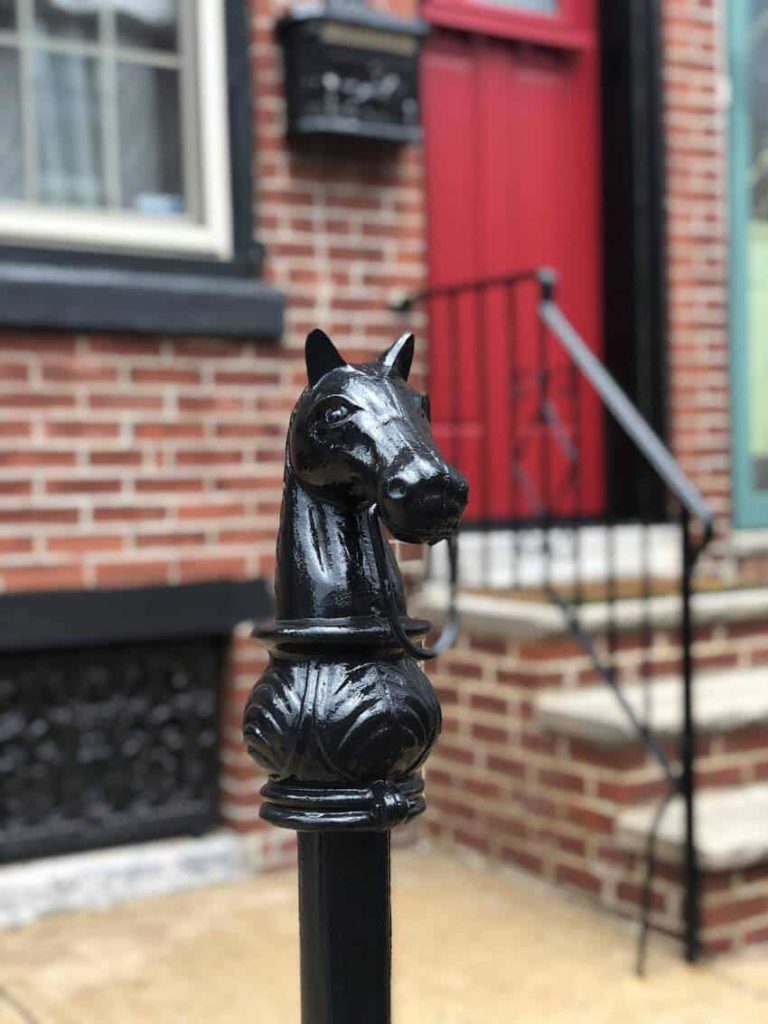
A charming example of black metal hitching posts can be found on the 1800 block of Carlton Street in the Art Museum area, as well as throughout the Colonial-era sections of the City. There are also several replicas installed on the 2000 block of Chancellor Street in Rittenhouse, right in front of the Solo office!
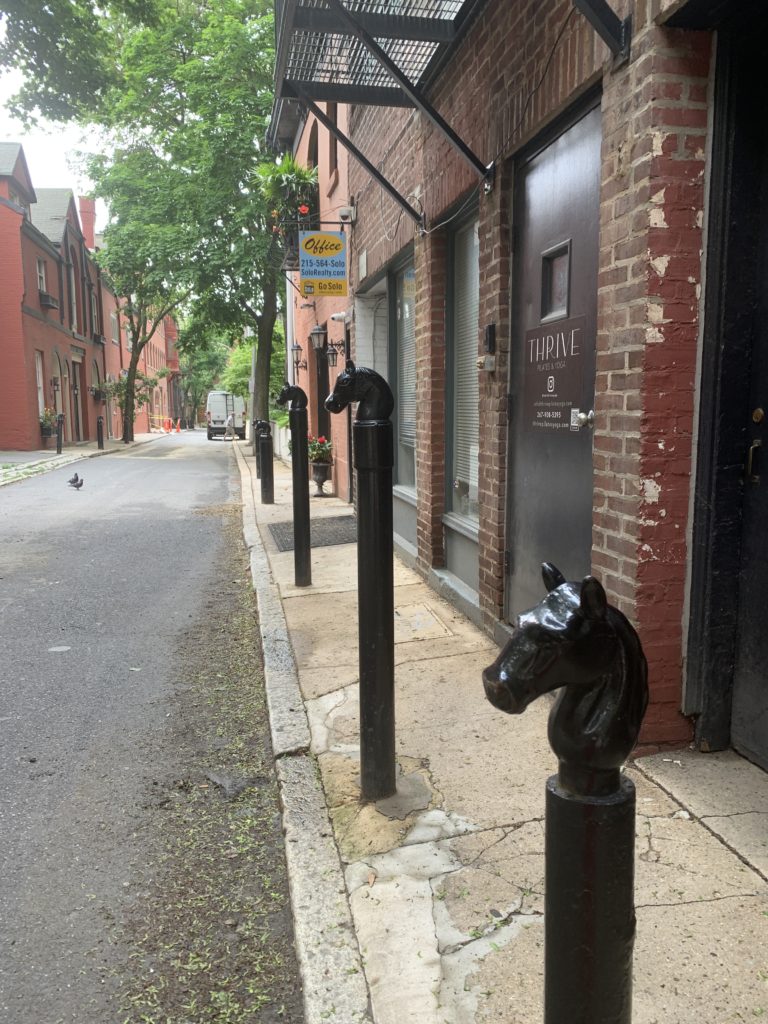
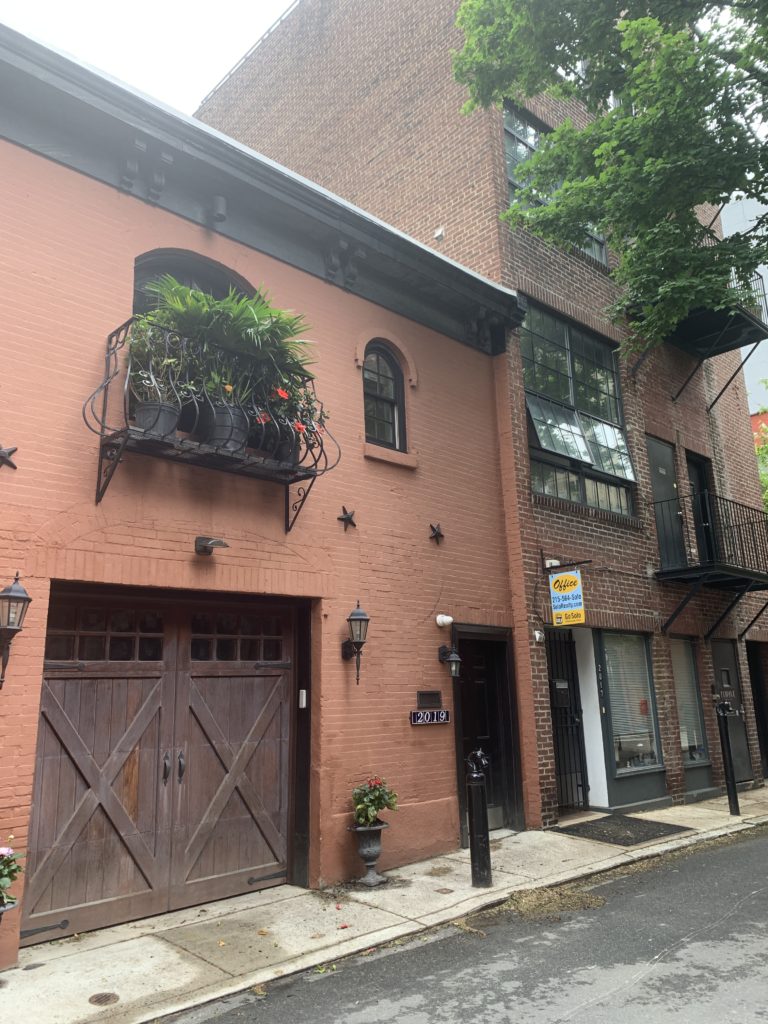
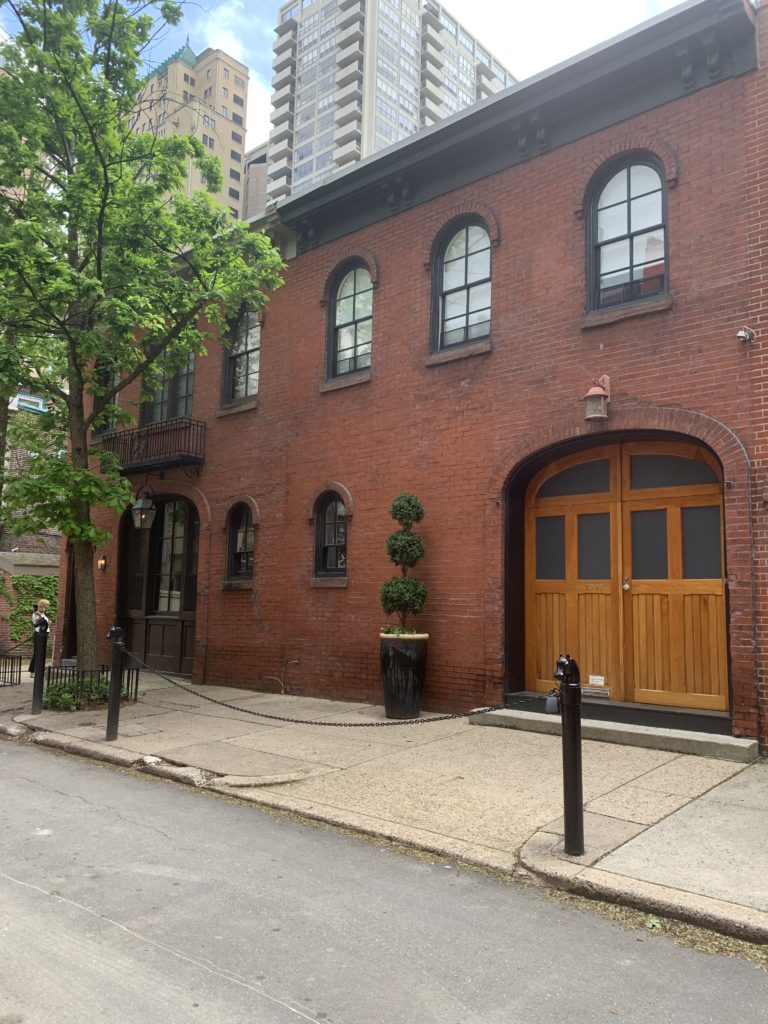
5. Cobblestones & Belgian Blocks
Philly’s earliest streets, such as Elfreth’s Alley, were lined with cobblestone which was pulled from river beds and had rounded soft edges. Then came Belgian blocks which were quarried and have more of a rectangular shape.
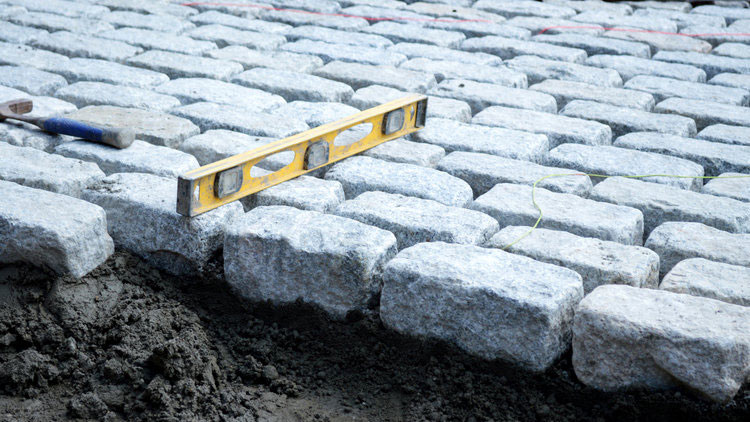
Both are tough to traverse on high heels, but add charm to our most admired streets like the 200 block of Delancey, the 200 block of Quince, and the 8400 block of Germantown Avenue in Chestnut Hill.
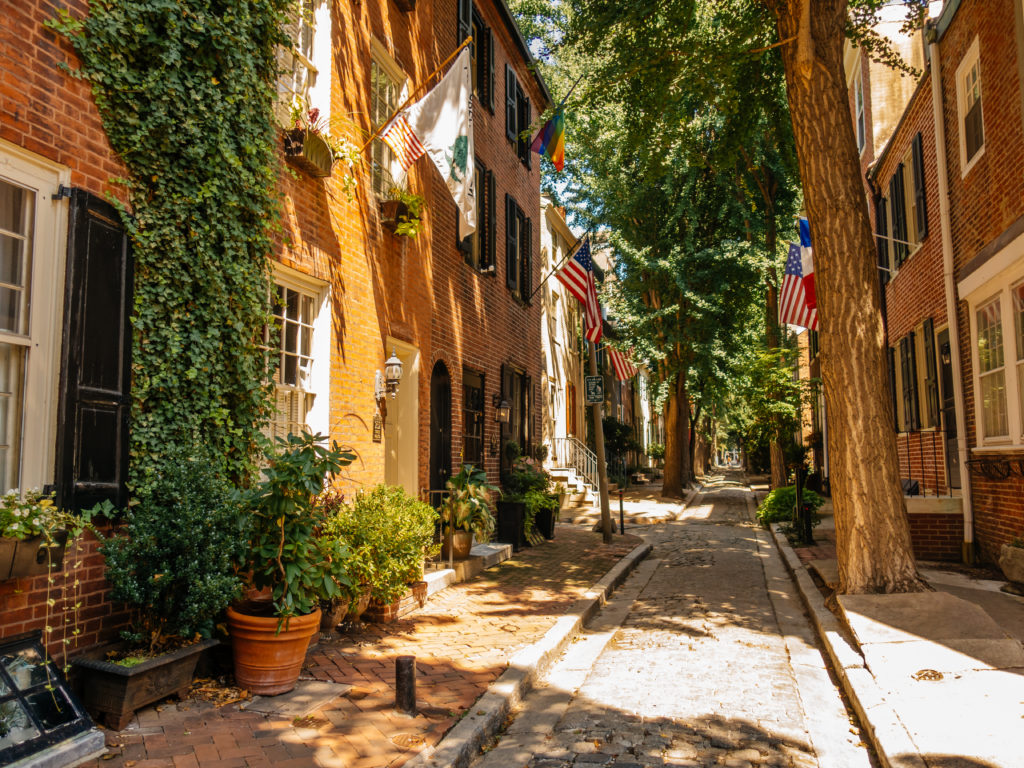
Fall is the perfect time to take advantage of the Preservation Alliance for Greater Philadelphia’s free self-guided tours including Old City, Rittenhouse, and Chestnut Hill. The air is crisp, the leaves are starting to fall – get out there and explore!





